Custom medals are an honor and testament to every business or individual, as well as the best collector’s items and memories. Whether you’re an athlete, a race organizer, or a medal collector, understanding how to protect medals is essential for long-term medal conservation. Without regular maintenance, even the most well-crafted vlastné medaily can degrade over time due to environmental exposure and handling. In this article, we’ll walk through professional strategies to keep your medals looking pristine for years to come.
Why Medals Need Regular Maintenance
While medals are typically made from durable metals and finished with quality coatings, they are still vulnerable to environmental damage and aging. Here’s why consistent maintenance is non-negotiable for medal collectors and recipients.
The Risk of Metal Oxidation and Corrosion
The Impact of Air Humidity on Metal Surfaces
Humidity can silently erode a medal’s integrity. When moisture in the air comes into contact with the metal surface, it may cause oxidation. Over time, this reaction leads to discoloration, tarnish, and even rust—particularly for metallic medals made of iron alloys, copper, or bronze.
Corrosion Caused by Sweat and Fingerprints
Frequent handling of medals, especially after sporting events, leaves behind traces of sweat and oils. These substances contain salts and acids that promote localized corrosion. The result? Unattractive stains or pitted surfaces on what was once a flawless medal.
Aging Issues with Ribbons and Lanyards
Color Fading from UV Exposure
Just like any textile, ribbons and lanyards attached to medals are susceptible to sunlight. Prolonged exposure to UV rays breaks down dye molecules, causing them to fade. This can dull the vibrancy of even the most colorful, customized medal accessories.
Fabric Brittleness and Breakage
Over time, especially in dry or improperly stored environments, the fabric of the ribbon may dry out, become brittle, and eventually tear. This not only undermines the medal’s display appeal but may also risk the medal falling and suffering further damage.
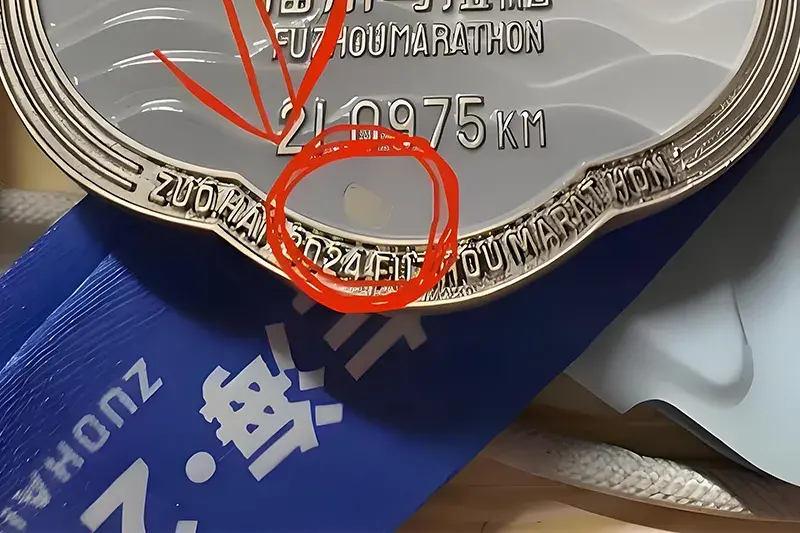
Proper Daily Cleaning Steps and Tool Selection
Knowing how to clean medals without causing harm is critical. Different materials require different methods, and using the wrong cleaning agent or tool can cause irreversible damage.
Metal Medals: Soft Cloth and Neutral Cleaners
For daily dust removal or post-event cleaning, gently wipe your medal with a soft microfiber cloth. If deeper cleaning is needed, use a neutral pH cleaner diluted with distilled water. Avoid abrasive pads or acidic solutions, as they can strip protective coatings or scratch polished surfaces.
Enamel Surfaces: Alcohol-Free Alternatives
Enamel-coated medals, especially those with vibrant colors and intricate details, require special care. Never use alcohol or acetone-based cleaners, which may dissolve or cloud the enamel. Instead, use a mixture of warm water and a drop of mild dish soap, applied with a soft cotton swab for precision.
Recommended Cleaning Frequency
-
After Every Event: Especially when medals are handled with bare hands or exposed to sweat.
-
Quarterly Maintenance: For display medals, schedule a light clean every three months to remove dust and air pollutants.
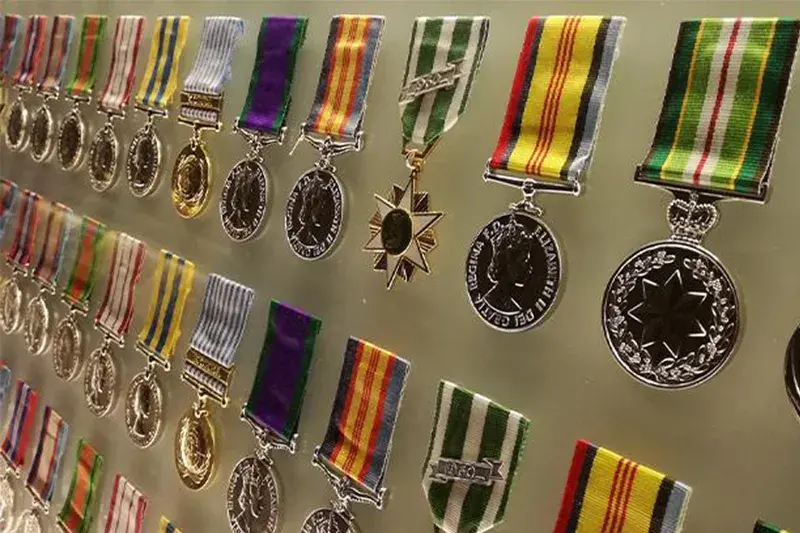
8 Effective Ways to Restore Damaged Medals
Damage can happen despite our best efforts. Whether it’s from time, neglect, or mishandling, don’t despair—many medals can be professionally restored using the following methods.
Scratch Removal Based on Severity
Minor Scratches: Use of Nano Polishing Paste
Light surface scratches can often be minimized using nano polishing paste. Apply a small amount to a soft cloth and gently rub the surface in a circular motion. This method works best for uncoated metal medals and helps restore shine without removing much material.
Deep Damage: Laser Fill Restoration Techniques
For more severe scratches or dents, laser micro-welding can restore the surface. This technique fills damaged areas with compatible metal, then polishes them seamlessly—a process often used by professional medal customization studios.
Emergency Treatment for Rusted Metals
Home-Built Electrolysis Rust Removal
With caution, you can create a simple electrolysis device at home using a DC power source, a saltwater bath, and a sacrificial anode. This method safely draws rust away from the medal’s surface without harsh scrubbing.
Safe Ratio for Chemical Neutralizers
Commercial rust removers must be diluted correctly. A 1:10 ratio (one part cleaner to ten parts water) is a safe starting point. Always test a small, inconspicuous area first to avoid unwanted reactions with the medal finish.
Repairing Worn Plating
Spot Replating with Targeted Techniques
Localized replating can restore the original look of worn or peeled medals. Using masking and small applicators, gold or silver plating is reapplied only where needed, preserving the rest of the surface.
Aesthetic Guidelines for Vintage Finishes
For antique-style medals, restoration should match the aged aesthetic. Rather than over-polishing, use patina-friendly treatments to retain authenticity while removing only unsightly damage.
Reinforcing Attachment Parts
Testing Medal Ring Stress Points
Check the medal hanger loop or ring for signs of wear. Perform a gentle stress test by lightly pulling the medal at various angles. If it bends or feels loose, consider reinforcing it.
Cold Riveting Methods for Rivet Replacement
Replacing loose or broken rivets? Use cold-working tools like manual rivet setters. This avoids excessive heat, which could damage nearby enamel or plating.
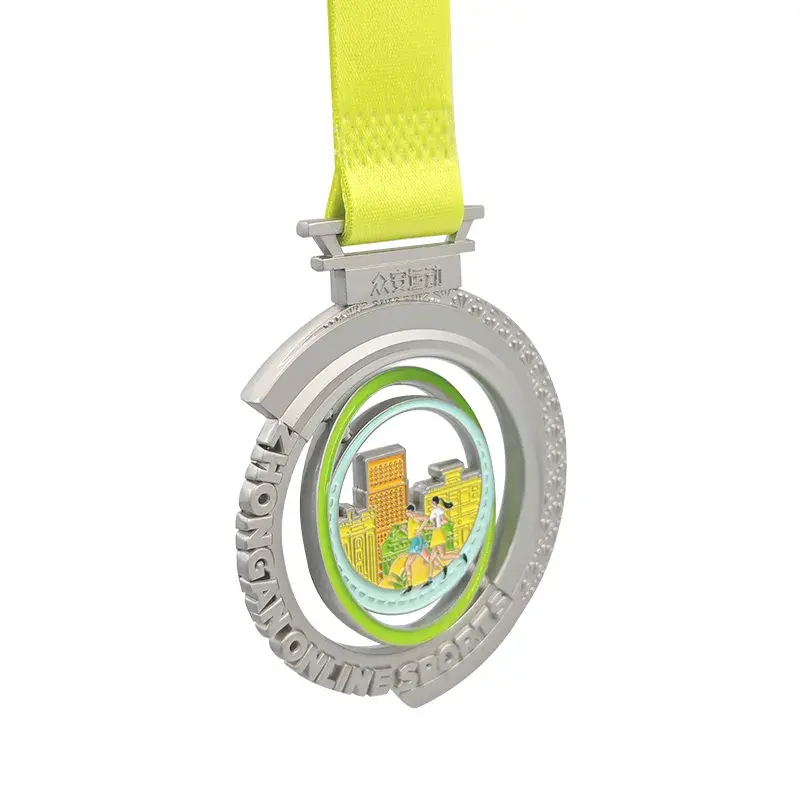
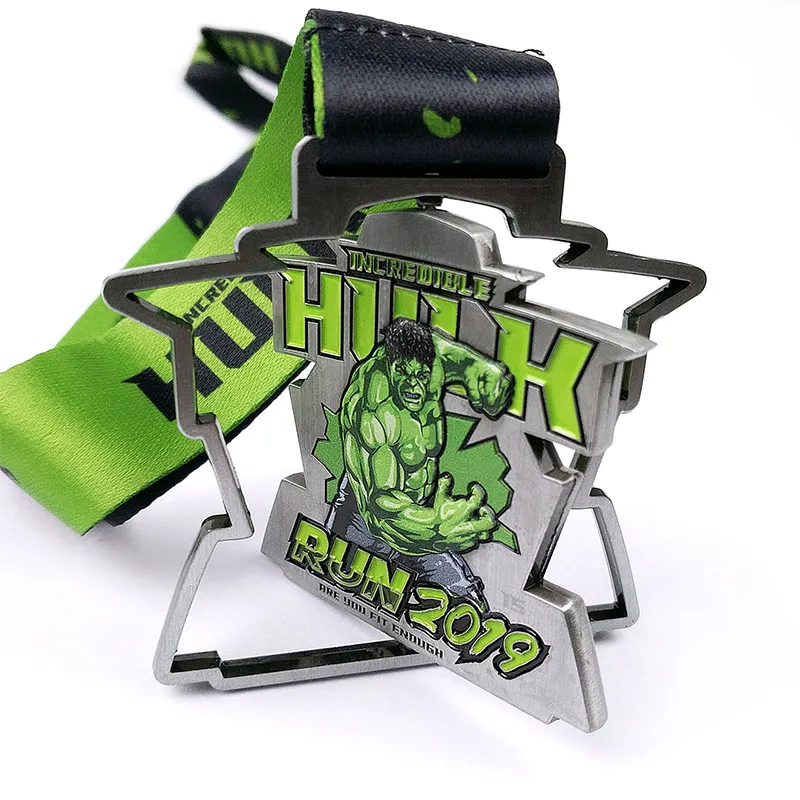
Ethical Considerations in Restoring Historic Medals
Balancing Patina Retention and Cleanliness
For medals of historical value, it’s important to retain their natural patina. Only clean dirt or corrosive residues—leave oxidation that reflects age and authenticity.
Visibility of Repair Work
All repairs, especially for rare or antique medals, should be discreet. Aim for visible consistency, where repairs blend in and don’t overshadow original craftsmanship.
Replacing and Repairing Ribbons
Selecting Suitable Replacement Ribbons
Choose a replacement ribbon that matches the original in width, color, and material. Nylon or polyester is often preferred for its durability and resistance to fraying.
Installing New Ribbons Properly
Ensure the ribbon is sewn or clamped securely, ideally matching the original attachment method. Proper installation prevents future stress points.
Routine Checkups and Preventive Maintenance
Set a reminder to inspect your medals every six months. Check for tarnish, loose parts, or ribbon wear. Early intervention is key to long-term medal conservation.
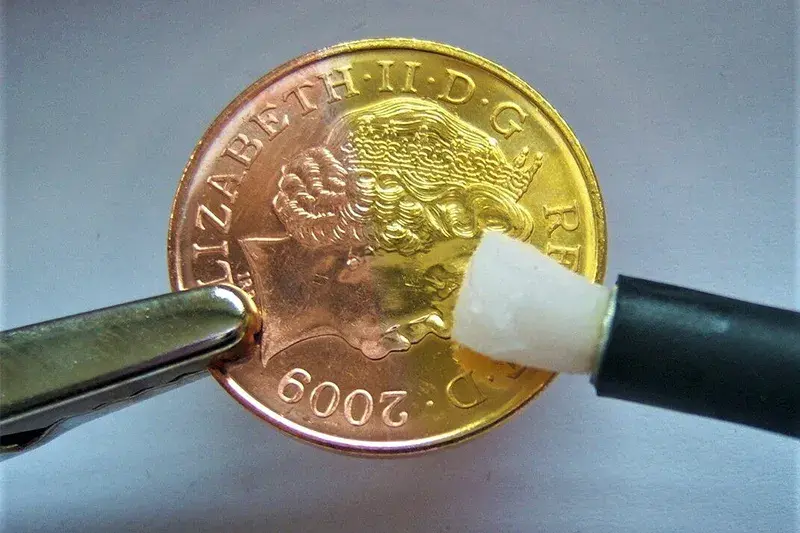
Choosing the Right Display Methods
Showcasing your medals isn’t just about aesthetics—proper display can protect them from damage, dust, and UV exposure.
Wall Displays
Using Frames or Display Boxes
A shadow box or glass-covered frame is ideal for wall-mounted displays. They prevent dust accumulation and protect against light and moisture.
Layout Design and Visual Balance
Arrange medals by size, theme, or color. Symmetry and spacing enhance visual appeal and make each vlastná medaila stand out.
Desktop Displays
Using Stands or Racks
For office or shelf displays, use acrylic stands or tiered racks. These are perfect for highlighting smaller medals like commemorative coins or mini medals.
Best for Compact or Personal Collections
Desktop displays are ideal when space is limited or when medals are rotated in and out of view seasonally.
Common Display Mistakes and How to Avoid Them
Overcrowded Arrangements
Avoid placing too many medals close together. This not only looks cluttered but increases the risk of scratching or tangling.
Incorrect Mounting Methods
Never use tape or glues that can degrade the metal or fabric over time. Opt for non-invasive methods like clips, pins, or padded holders.
DIY Medal Display Project Guide
Handmade Wooden Racks or Boards
With basic woodworking tools, create a custom medal hanger. Sanded and stained wood boards can be drilled with hooks or pegs for a personalized touch.
Creative Adaptation of Store-Bought Parts
Transform picture frames, curtain rods, or jewelry stands into unique medal displays. A bit of imagination can go a long way in medal customization.
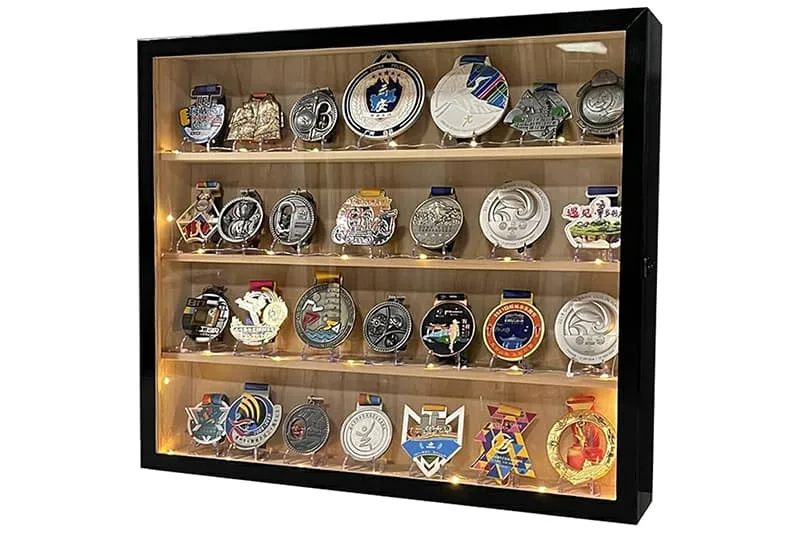
Conclusion: Your Medal Deserves the Spotlight
Whether it represents a personal milestone or a prestigious award, your medal is more than just metal and ribbon—it’s a story worth preserving. By learning how to protect medals and applying these care and display strategies, you ensure that each piece continues to shine with pride and purpose. From routine cleaning to restoration craftsmanship, and from smart display choices to preventive checks, medal conservation is a responsibility that honors the achievement it commemorates.
If you’re looking for expert medal customization or want to restore a damaged piece, feel free to reach out to our team. We offer free consultation and custom design services tailored to your medal’s story.

